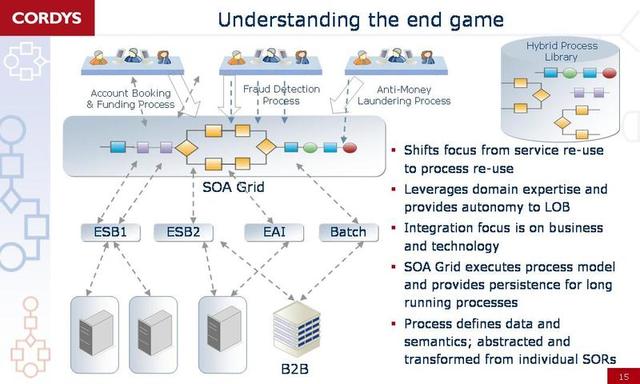RoughlyDrafted visits the news that the iPhone is already beating the stuffing out of competitors in mobile phone operating system usage. With iPhone demonstrating considerably better statistics in terms of market share, it must be absolutely galling to some: The most recent market share numbers are particularly embarrassing for Microsoft, especially after CEO Steve Ballmer … Continue reading “That Tsunami on the Horizon: it’s the iPhone…”
RoughlyDrafted visits the news that the iPhone is already beating the stuffing out of competitors in mobile phone operating system usage.
With iPhone demonstrating considerably better statistics in terms of market share, it must be absolutely galling to some:
The most recent market share numbers are particularly embarrassing for Microsoft, especially after CEO Steve Ballmer announced in January that Apple wouldn’t capture more than two to three percent of the market and described his own Windows Mobile platform as having or soon acquiring 60 to 80% of the smartphone market.
Ever seen Minority Report? In the film, Tom Cruise plays a cop who, through the assistance of precognitive sun-loungers, can solve murders before they happen. The precogs are pale, bald and skinny. What we missed in the film was they had a not-quite-so-good brother called Steve. He was bald, pale and kinda avocado-shaped. His predictions were pretty much 100% wrong so they kept him in a different room where he could play with his own poo.
Windows Mobile isn’t going anywhere soon, up or down in marketshare but it’s another market outside Windows for x86 markets where Microsoft is being beaten senseless with a large rubber anatomical facsimile. They’re losing money hand over fist in the games consoles. By 2005 they’d lost over $4 BILLION. They’re also going to have to pay out another BILLION or so replacing XBox 360 consoles. And they’re congratulating themselves that in Sept 2007 they got better sales figures than the Wii. Yup, 5% better despite the release of HALO 3. Brilliant, lads. You’ve chewed through more than 5 billion dollars and you’ve just edged past the Wii…for one month. I can’t wait to see your next trick.
It should also be an embarrassment for Benjamin Gray of Forrester Research, who just released another report insisting that IT departments shun the iPhone and limit their support to platforms that are dead, dying, or obscure in North America, such as the Palm OS, Linux, and Symbian.
Quite. But I’ve covered the Forrester report previously.
The rest of the article is very well written so go read.
Another gem regards why Apple didn’t run with Symbian.
It turns out that just like the original Mac System, Symbian is hamstrung by the compromises they took on in order to get decent performance on old hardware. Now, as the hardware has matured, the system remains archaic and though Symbian claims a large market share, it’s firmly divided into three separate binary-incompatible camps, a Japanese version, a version from Nokia and a third from Sony-Ericsson. Despite the investment they have, they are only licensees of the software and therefore it’s unlikely there’s going to be an overhaul of the system to bring it up to date.
A Symbian developer explains, “Nokia is more or less stuck with Symbian since it doesn’t have the competence nor the time to make a new OS from the ground up. Its only alternative, in practice, is to go Linux, which it is of course experimenting with, but it’s still not an easy path to go.
This sort of explains where Nokia are going with the Nokia 770/N800/N810 platform. Sure, it doesn’t include mobile phone features but it’s going to give them a solid developer base when they get round to releasing later hardware especially since they have promised a WiMAX version sometime in 2008. Preparing for the VoIP onslaught – oh you better believe it?
iPhone’s OSX is just starting out, less than 6 months in the public domain and it’s making big waves. There may be some ups and downs in the near future but I wouldn’t be surprised if it was followed by an Apple TV SDK sometime later.
As Guy said earlier:
“Symbian, Palm and Windows Mobile can have third party development, so they are better”
David’s retort was
“iPhone is beating the stuffing out of them without an SDK. What do you reckon will happen in February when it’s available?”
